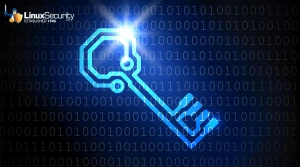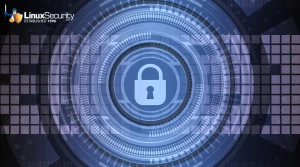Mallox Ransomware: A Rising Threat to Linux Servers
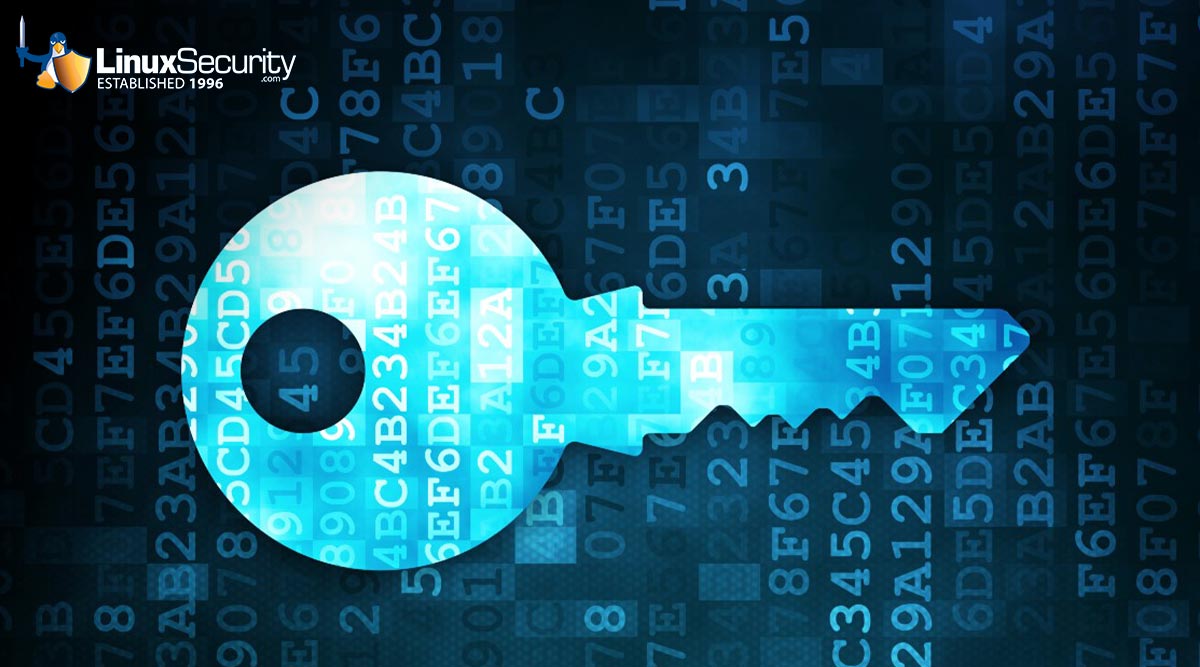
Security threats continue developing rapidly, with attackers finding new vulnerabilities daily. Recent findings from researchers at Uptycs indicate a shift in ransomware attacks targeting Linux servers, possibly due to their increasing prevalence in critical infrastructure and enterprise operations, making them attractive targets for ransomware groups.
Mallox ransomware, an increasingly complex and dynamic form of malware that first surfaced around mid-2021, has surfaced as an emergent threat since mid-2022. While initially targeting Windows systems using.NET-based payloads, its attackers have expanded their scope to exploit Linux servers by taking advantage of exposed MS-SQL servers, phishing emails, and spam mail delivery. Let's take a closer look at how this ransomware works and how to detect it. I'll also provide practical tips and best practices for protecting your Linux servers against Mallox and other Linux ransomware variants.
How Does Mallox Ransomware Operate?
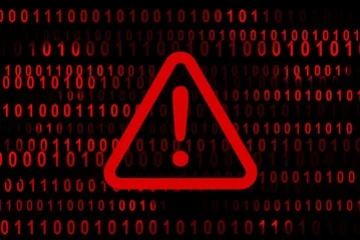 The Linux variant of Mallox ransomware displays an intricate attack mechanism. It utilizes custom Python scripts for payload delivery, exfiltration, and encryption of user data using ".locked" file extensions, which render them inaccessible to users.
The Linux variant of Mallox ransomware displays an intricate attack mechanism. It utilizes custom Python scripts for payload delivery, exfiltration, and encryption of user data using ".locked" file extensions, which render them inaccessible to users.
Uptycs researchers discovered a Flask-based web panel script named web_server.py that attackers use to assist their ransomware builds for Linux systems, making creation, management, deployment, and deployment much more straightforward. The script includes functionalities for user authentication, admin operations, ransomware distribution, and having an IP address within itself, indicating its use as a central control server for ransomware campaigns.
As soon as it executes, this ransomware employs AES-256 CBC encryption—a robust symmetric algorithm—to lock files on its victim's system and display ransom notes with details about the payment deadline, the BTC address for the ransom, and the chat ID for communication.
How Can I Detect Mallox Ransomware?
Spotting Mallox ransomware requires monitoring indicators of compromise (IoCs) and understanding its behavior patterns. Uptycs has identified several IoCs associated with Mallox operations, such as file names, MD5 hashes, and IP addresses. Utilizing threat-hunting tools like FOFA or Censys to search for similar IPs or domains may assist in discovering potential Mallox infrastructure. Advanced detection capabilities, such as YARA rules, can also help recognize Mallox ransomware samples based on their characteristics.
Best Practices for Protecting Against Linux Ransomware
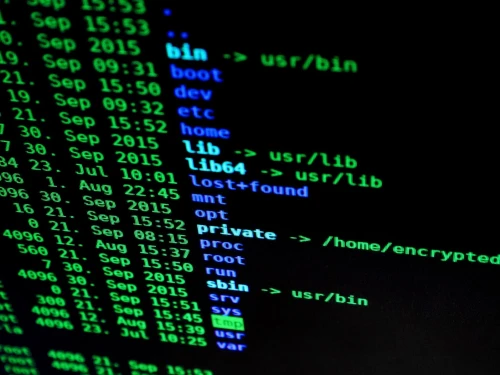 Operating Linux servers requires an aggressive and multilayered security approach to reduce the risk of ransomware attacks and ensure server uptime. Below are several practical measures admins should implement to protect against Linux ransomware:
Operating Linux servers requires an aggressive and multilayered security approach to reduce the risk of ransomware attacks and ensure server uptime. Below are several practical measures admins should implement to protect against Linux ransomware:
- Regular Backups: Ensure regular encrypted backups of critical data are stored offline or in a secure cloud environment, and regularly test recovery procedures to guarantee data restoration.
- Least Privilege Access: When applying the principle of least privilege access, ensure users and applications only have the access needed for their functions. This reduces the potential impacts of an intrusion attack and lowers risks associated with any possible breach.
- Endpoint Security Solutions: For optimal endpoint protection, select endpoint security solutions that offer real-time surveillance capabilities and the capability of detecting and blocking ransomware activities.
- Patch and Update Systems: For optimal security, update and patch operating systems, software, and firmware regularly. This can reduce the threat of vulnerabilities.
- Educate Users: Continue educating users on phishing techniques and the significance of creating strong, unique passwords. Encouraging skepticism about email communications may help thwart initial compromise attempts.
- Network Segmentation: Segregate networks to limit attackers' lateral movement. Create strong firewall policies and inspect both inbound and outbound traffic for abnormalities.
- Logging and Monitoring: Utilize comprehensive logging and monitoring solutions to detect suspicious activities early. Security Information and Event Management (SIEM) systems offer central analysis.
- Incident Response Plan: Develop and regularly update an incident response plan to be ready and provide swift, organized responses to security breaches.
Our Final Thoughts on This New Linux Ransomware Variant
The discovery of Mallox ransomware's Linux variant represents a growing shift in cybercriminals' attention towards Linux servers as digital infrastructure advances. By understanding how Mallox operates, detecting its presence using the techniques I've discussed, and engaging in security best practices, organizations can significantly lower their risks from this and similar ransomware threats. And remember, collaborative efforts among cybersecurity communities and regular research remain vital in safeguarding digital frontiers.















